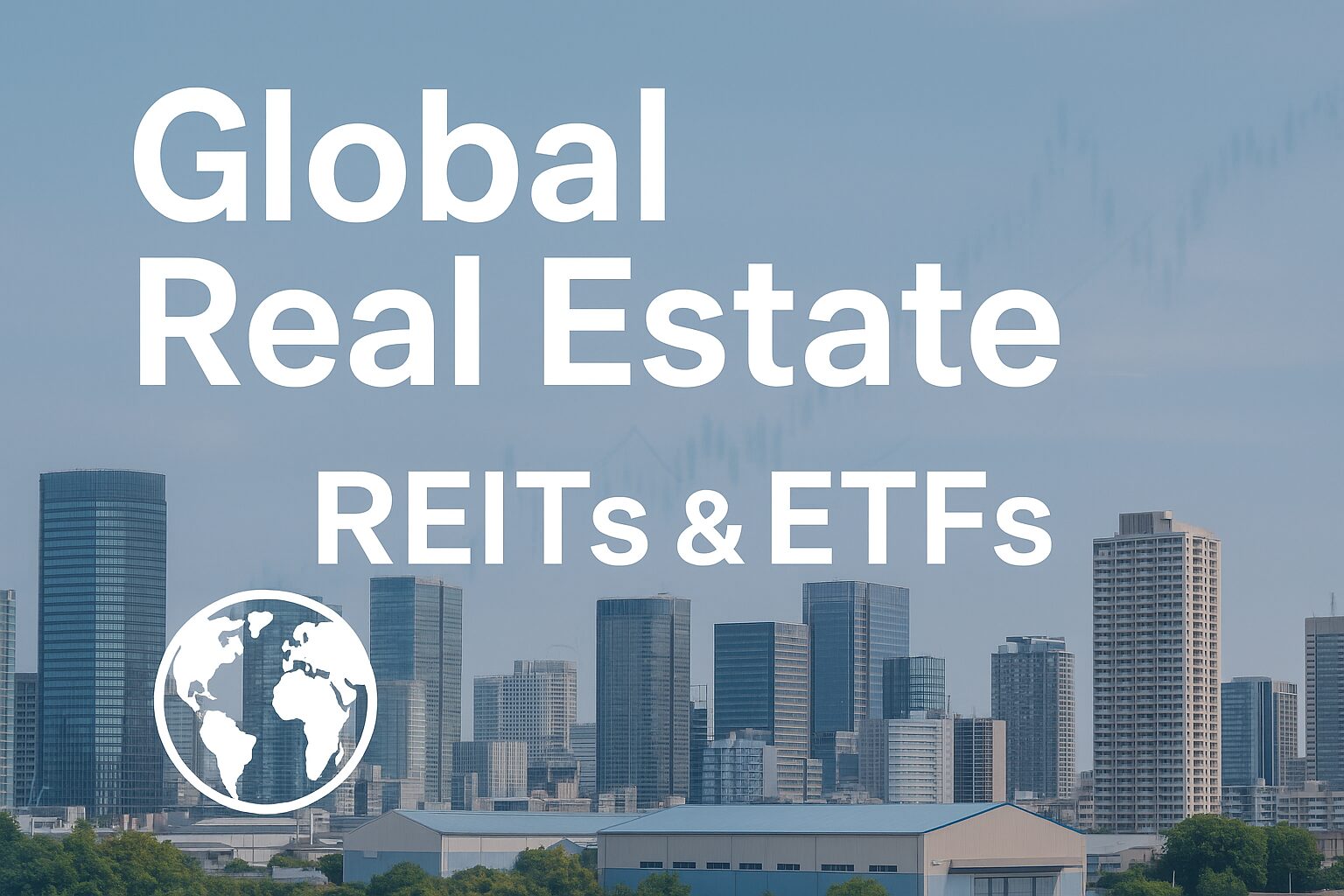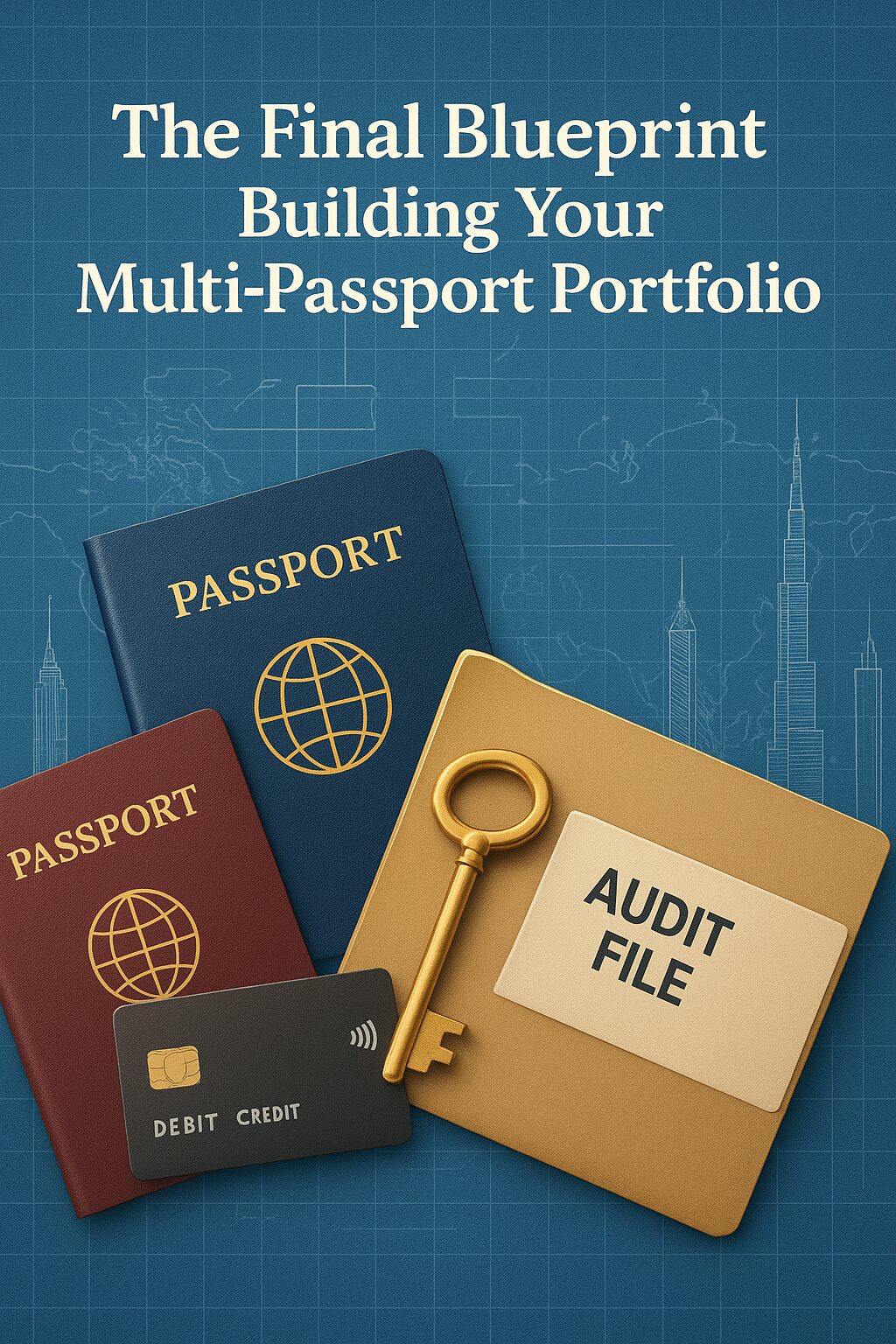Why Dollar Assets Are Non-Negotiable
In every modern crisis — from the Asian Financial Crisis to 2008 to 2020 — investors fled to U.S. dollar assets. Not gold, not crypto, not even Swiss francs on a sustained basis. The dollar remains the global “flight to safety.”
Why? Because it is liquid, deep, and universally trusted. Banks, brokers, governments, and corporates all clear payments in USD. That makes dollar assets a portfolio stabilizer you cannot ignore.
Skipping this engine leaves you fragile: equities wobble, real estate locks up, and suddenly you’re forced to sell quality assets at the worst possible time. Dollar assets prevent that spiral.
1) What Counts as a “Dollar Asset”
- U.S. Treasuries — the world’s safest collateral, backed by the U.S. government.
- USD Savings Accounts / Certificates of Deposit (CDs) — dollar cash held at regulated banks.
- Money Market Funds (MMFs) — funds that invest in short-term Treasuries, repos, and high-grade paper.
Each has different mechanics but serves the same role: safe, liquid parking for capital.
2) U.S. Treasuries — The Anchor
Treasuries are considered risk-free in USD terms because the U.S. government can always print to pay. They are the ultimate base layer:
- T-Bills (short-term, under 1 year): Pure liquidity, minimal duration risk.
- T-Notes (2–10 years): Mix of yield and stability.
- T-Bonds (20–30 years): Long duration, volatile, not your core dollar anchor.
How to own:
- Direct purchase via TreasuryDirect (U.S. investors),
- Global brokers (IBKR, Saxo, etc.),
- Treasury ETFs (SHY, IEF, GOVT).
Audit File integration: store statements, maturity ladders, and trade confirmations under /Audit File/Statements/Treasuries/.
3) USD Savings & CDs
Banks across the world offer USD-denominated accounts. These provide simple stability but vary by jurisdiction:
- U.S. bank accounts: FDIC insured, globally recognized.
- Offshore USD accounts (Singapore, Switzerland, UAE): useful for geographic diversification.
- Certificates of Deposit (CDs): locked for a period, but yield higher than simple savings.
Pro tip: Always document beneficial ownership clearly. Banks love clean narratives with USD flows.
4) Money Market Funds (MMFs)
MMFs pool investor cash to buy short-term, high-grade assets like T-Bills and repos. They act like savings accounts but are securities:
- Advantages: daily liquidity, slightly higher yields, safe collateral.
- Examples: Vanguard Federal MMF (VMFXX), Fidelity Government MMF (SPAXX).
- Risks: fund-level stress in extreme crises, but historically rare.
MMFs are widely accepted by brokers and can be journaled cleanly.
5) Why Dollar Assets Matter in Your Stack
- Liquidity: lets you survive without panic selling other assets.
- Crisis hedge: while equities fall, Treasuries usually rally.
- Banking rails: banks and PSPs trust USD custody statements more than exotic holdings.
- Psychological stability: knowing you have dry powder stops you from breaking your other policies.
6) Allocation Strategy
Dollar assets are not about “returns.” They are about survival and optionality.
- Early stage (wealth < $500k): keep 10–20% in dollar assets.
- Mid stage ($500k–$5M): keep 15–25% to survive shocks.
- Family office level: 20–30%, diversified across Treasuries, MMFs, banks.
Integration with Parts 1 & 2:
- Part 1 (Dividends) grows wealth,
- Part 2 (Real Estate ETFs) diversifies income,
- Part 3 (Dollar Assets) ensures you never have to sell those at a loss.
7) Mini-Cases
Case A — Remote Worker in Asia
- Keeps USD MMF at IBKR.
- 15% allocation.
- Role: emergency fund + runway buffer.
Case B — EU Family with Dollar Exposure
- 20% split across U.S. Treasuries and offshore USD account in Singapore.
- Documents clearly in Audit File for banking.
Case C — Entrepreneur with Cyclical Income
- Uses MMF sweep for surplus cash.
- Keeps 6 months operating runway in T-Bills.
8) Step-by-Step Checklist
- Choose platform: U.S. bank, global broker, or MMF provider.
- Decide allocation % (start with 15%).
- Open USD account or brokerage sub-account.
- Buy T-Bills, MMFs, or deposit into insured USD savings.
- Draft Dollar Asset Policy (
/Audit File/Policies/USD.pdf). - Rebalance quarterly.
- Journal inflows/outflows monthly.
9) Folder Tree Reminder
/Audit File
/Policies
USD.pdf
REIT.pdf
DRiP.pdf
Funding.pdf
/Statements
/Taxes
/Journals
/Screens
Every dollar allocation documented here. Clean flows keep banks and auditors comfortable.
10) Closing Insight
Dollar assets are not exciting — but excitement is not the point. They are the silent insurance that keeps your portfolio alive through storms.
If you want to call yourself globally diversified, you cannot skip the USD anchor.
📌 Next Article Preview — Before You Automate Wealth
Part 4: Wealth Automation — Systems That Compound While You Sleep
Why you must read next:
- Policy stack → Automation: Learn to convert written policies into auto-executing bank and broker orders.
- Remove human error: Protect compounding from your own emotions.
- Global nomad resilience: automation keeps running even when you’re in a new country.
- Playbook: automation checklists, standing order templates, calendar integration.
👉 If you stop at Part 3, you’ll still be disciplined — but manual. Part 4 teaches you to scale discipline without effort, which is what actually separates wealthy families from strugglers.









